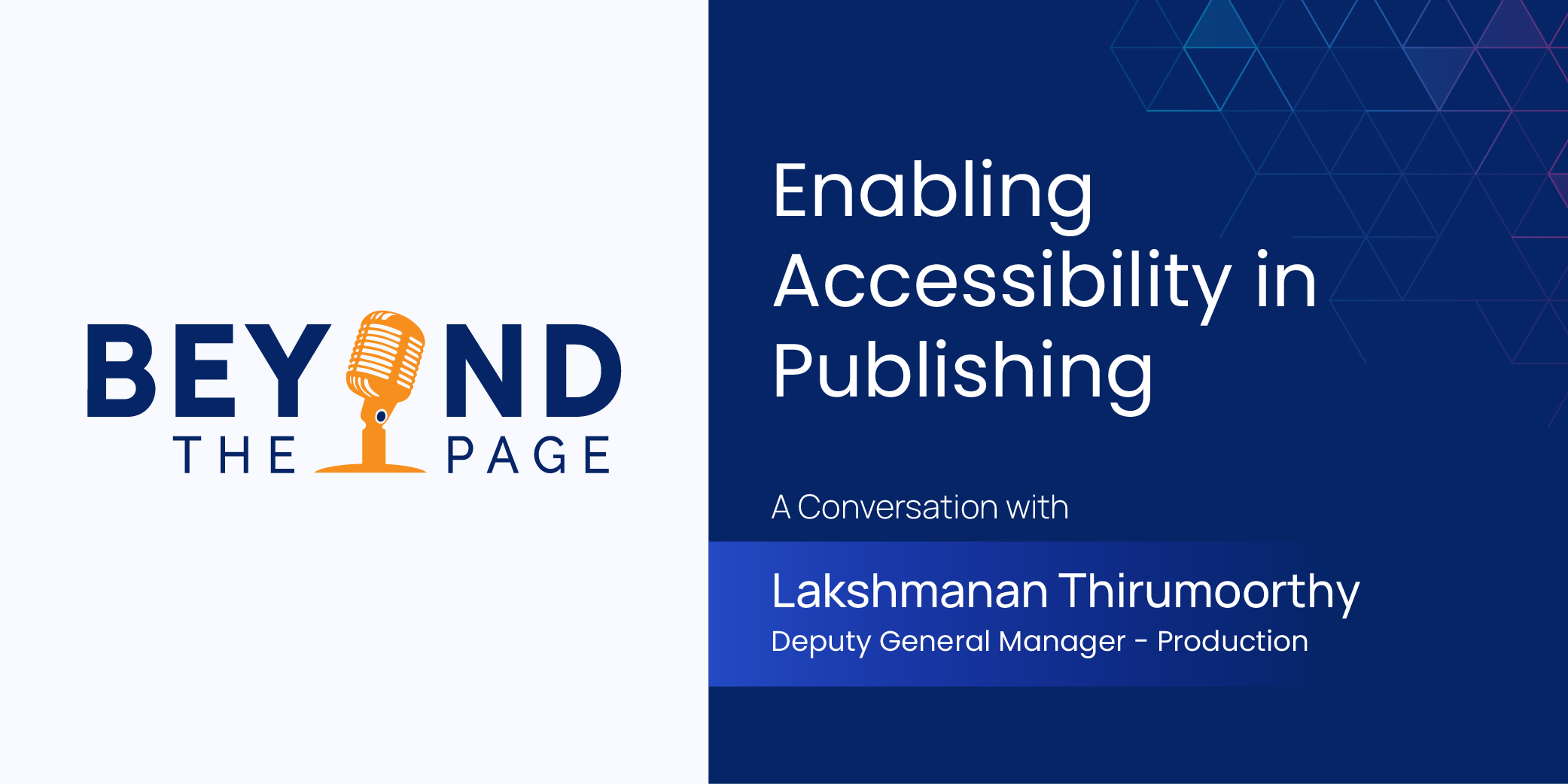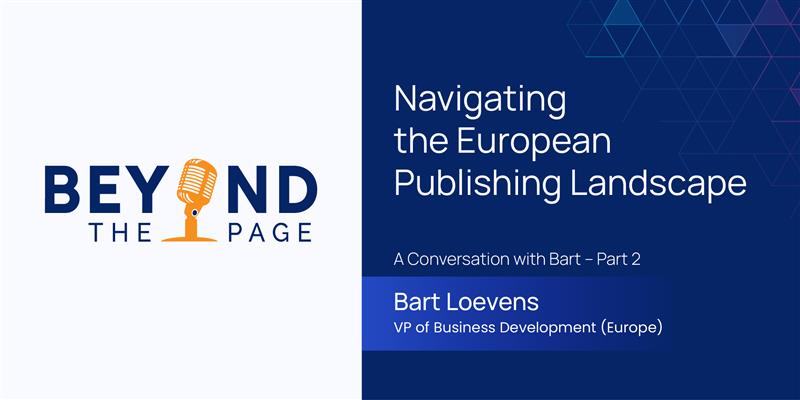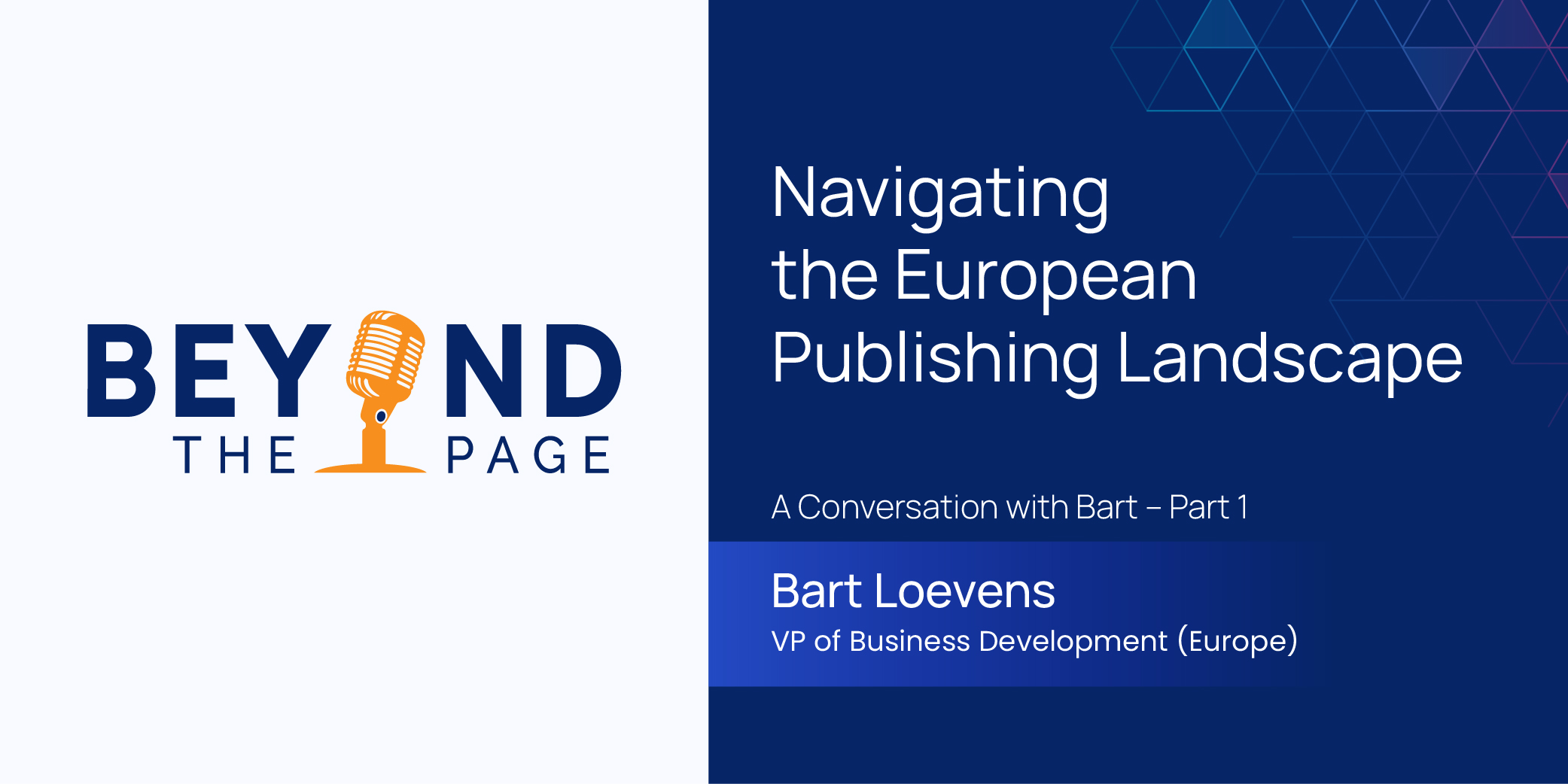The Allure of Acceptance: Minimizing Formatting Errors in Journal Submissions with AI

For researchers, securing publication in a prestigious journal represents a significant milestone. Peer-reviewed journals act as gatekeepers, ensuring the quality and dissemination of valuable research. Yet, the path to publication can be fraught with challenges. Beyond the rigor of the research itself, navigating the intricate world of journal formatting can be a time-consuming and frustrating experience. Even minor minimizing formatting errors can derail a submission, leading to delays or even outright rejection. This translates to a significant number of potentially strong research papers being sidelined for reasons unrelated to their scientific merit.
This is where Artificial Intelligence (AI) steps in, offering researchers a powerful tool to streamline the submission process and minimizing formatting errors. AI-powered tools can automate essential formatting checks, ensuring compliance with often-complex journal-specific guidelines.
Common Minimizing Formatting Errors that Can Derail Journal Submissions
Despite the availability of guidelines, many manuscripts still suffer from common formatting errors that can delay or even derail their acceptance. Some of the most frequent issues include:
- Inconsistent referencing styles: Each journal adheres to a specific referencing format (e.g., APA, MLA, Chicago). Inconsistencies in citations and bibliographies can cause confusion and delay the review process.
- Incorrect figure and table formatting: Figures, tables, and captions require meticulous formatting to ensure readability and adherence to journal specifications. Errors in font size, spacing, or numbering can disrupt the flow of the paper.
- Non-standard font styles and sizes: Journals often dictate specific fonts and minimum font sizes to ensure accessibility for readers with visual impairments. Deviations from these guidelines can make the paper appear unprofessional.
- Improper line spacing and indentation: Formatting elements like line spacing and indentation contribute to the overall visual presentation of the paper. Non-compliance with journal guidelines can create a cluttered or visually unappealing manuscript.
- Incorrect Citation Styles: Using the wrong citation style or inconsistent citation formatting can confuse reviewers and indicate a lack of attention to detail.
- Inconsistent Section Headings: Variation in font sizes, styles, and formats for section headings can disrupt the flow of the manuscript.
- Improper Reference Formatting: References that do not adhere to the journal’s guidelines in terms of order, punctuation, and style can be problematic.
- Page Layout Issues: Margins, spacing, and indentation that do not conform to guidelines can result in a poorly presented manuscript.
These seemingly minor errors can have a detrimental impact on a submission’s success. By automating formatting checks, AI can significantly reduce the risk of such errors, allowing researchers to focus on the quality of their content.
How AI-Powered Writing Assistants Can Automate Formatting Checks
AI-powered writing assistants have revolutionized the way authors approach manuscript formatting. These tools leverage advanced algorithms and machine learning to automate the process of checking and validating formatting against journal-specific guidelines. Here’s how they work:
- Real-Time Formatting Checks: AI tools can instantly check the manuscript’s formatting as the author writes, ensuring compliance with guidelines from the outset.
- Automated Citation and Reference Formatting: AI can automatically format citations and references according to the specified style, eliminating the need for manual adjustments.
- Consistency Validation: AI can detect inconsistencies in section headings, font styles, and other formatting elements, providing suggestions for corrections.
- Guideline Compliance: AI tools are programmed with the specific guidelines of various journals, enabling them to validate the manuscript against these rules accurately.
- Automated compliance checks: The AI assistant scans the manuscript against user-selected journal guidelines, highlighting potential formatting errors in real-time. This proactive approach eliminates the need for researchers to manually pore over style guides.
- Journal-specific tailoring: Many AI assistants allow users to specify the target journal, ensuring the formatting checks are tailored to the specific requirements of that publication. This eliminates the risk of applying the wrong formatting standards.
- Streamlined workflows: AI-powered tools integrate seamlessly with existing writing software, allowing researchers to perform formatting checks within their familiar working environment. This eliminates the need to switch between different programs, saving valuable time and effort.
Key Features of AI-Powered Formatting Validation for Journal Submissions
AI-powered formatting validation tools offer several key features that make them indispensable for researchers and authors:
- Journal-Specific Templates: These tools provide templates tailored to the formatting guidelines of specific journals, ensuring that manuscripts are structured correctly from the beginning.
- Automated Error Detection: AI can identify and highlight formatting errors, allowing authors to make corrections quickly and efficiently.
- Customizable Formatting Rules: Authors can customize the tool to check for specific formatting rules, ensuring compliance with even the most unique guidelines.
- Comprehensive checks: The tool should scan for the full spectrum of formatting elements, including references, figures, tables, fonts, spacing, and indentation.
- Real-time feedback: Look for an assistant that flags errors as you write, allowing for immediate correction and revision.
- Integration with Writing Software: Many AI tools integrate seamlessly with popular writing software, providing a user-friendly experience and real-time feedback.
Streamlining the Journal Submission Process with AI-Assisted Formatting
The integration of AI-assisted formatting tools in the journal submission process offers numerous benefits for researchers:
- Time-Saving: Automating the formatting validation process saves significant time, allowing authors to focus more on the content of their research rather than formatting details.
- Reduced Errors: AI tools minimize the risk of formatting errors, enhancing the quality of the manuscript and reducing the likelihood of rejection due to non-compliance.
- Enhanced Productivity: By streamlining the formatting process, AI tools enable researchers to be more productive, as they can handle multiple manuscripts more efficiently.
- Improved Confidence: Knowing that their manuscript adheres to the journal’s guidelines gives authors greater confidence when submitting their work.
Beyond Formatting: The Broader Benefits of AI for Journal Submissions
AI-powered writing assistants offer researchers a compelling suite of tools beyond formatting checks. These tools can:
- Reduce grammar and plagiarism errors: AI can identify potential grammatical errors and instances of plagiarism, ensuring a polished and original manuscript.
- Enhance clarity and conciseness: Advanced AI algorithms can suggest alternative phrasing to improve the clarity and conciseness of writing, further strengthening the impact of the research.
In the ever-evolving landscape of academic publishing, leveraging AI-powered tools for formatting validation is a strategic move that can significantly enhance the quality and success rate of manuscript submissions. By ensuring 100% compliance with journal-specific guidelines, these tools not only save time and reduce errors but also reflect the professionalism and meticulousness of the authors. As the publishing industry continues to embrace technological advancements, AI-powered formatting validation tools will undoubtedly become an essential part of the manuscript preparation process.
For researchers and authors looking to streamline their submission process and ensure formatting compliance, exploring AI-driven solutions like ContentPilot’s publishing workflow platform can be a valuable step towards achieving their publication goals.
News & Insights

Enabling Accessibility in Scholarly Publishing – A Conversation with Lakshmanan Thirumoorthy

Navigating the European Publishing Landscape – A Conversation with Bart – Part 2

